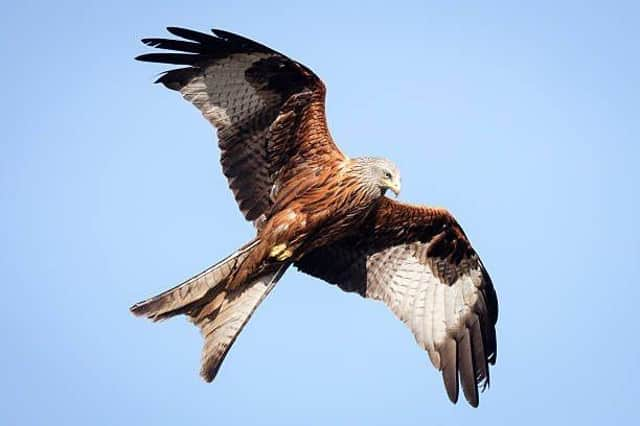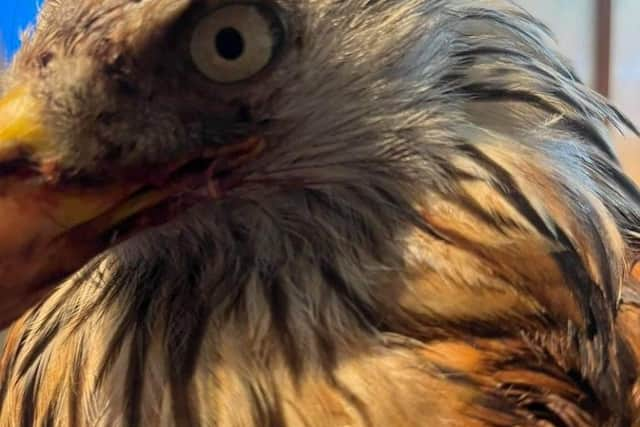Oldest known wild Red Kite found in Oxfordshire


Sadly the kite, Aragon, did not survive - but it was lucky to be taken in by Chrissie, who runs a rescue programme for owls and other birds of prey.
The bird was treated for its injuries and died peacefully at the grand old age of 29 - three years older than the previous oldest recorded red kite.
Advertisement
Hide AdAdvertisement
Hide AdIn the 16th and 17th Centuries, Red Kites were one of the most common birds of prey in England and yet by the 19th Century the entire population had been wiped out as they were considered a threat to livestock. However between 1989 and 1994 a total of 93 kite chicks from Spain were released into the Chiltern Hills as part of a reintroduction programme. The first pair bred successfully in 1991 and there are now a over 200 breeding pairs in the Chilterns and from this foundation new populations are being established across the country.


The Red Kite is an elegant bird of prey, easily recognised by its distinctive forked tail, with a wingspan of approximately five feet. Its call is a mew-like “weoo-weoo-weoo” which is rapidly repeated. Typically red Kites live for about 10 years in the wild.
Red Kites are scavengers and prefer to eat dead animals and road kill. They also eat invertebrates such as beetles and earth worms. They nest in March / April and usually lay one to four eggs which hatch after about 30 days. Both parents help rear the chicks, the female protects it from predators, while the male can travel several kilometres to find food.
Young chicks are covered in sandy white feathers when they first hatch, brown feathers begin to emerge after two to three weeks. At four to five weeks old the babies are fully fledged and can tear food for themselves. At eight weeks old they take their first flight and at 10 weeks old they are self sufficient. At signs of danger a mother signals the juvenile who will then “play dead” to the extent a fox will believe them to be dead and will subsequently leave them alone.If you would like to support Chrissie in her work to rescue injured owls and other birds of prey, you can make a donation on this fundraising page: https://www.justgiving.com/crowdfunding/aragon